What Are The Big 5 Animals?
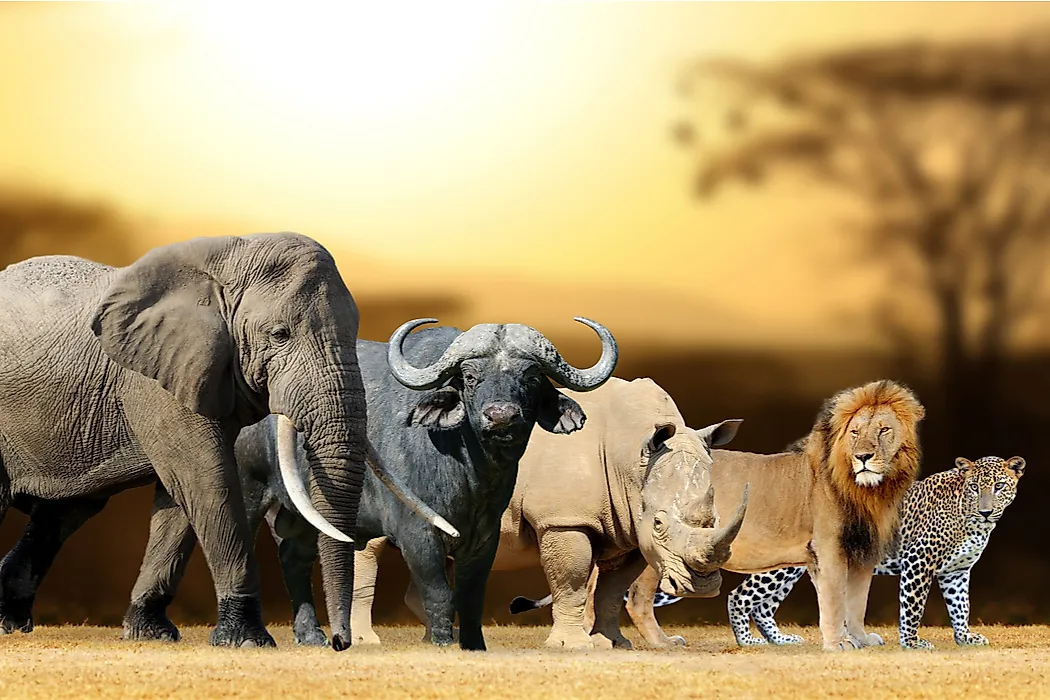
The term Big Five was initially used to refer to the five most difficult and dangerous African animals to hunt on foot. The term was coined by ‘gentlemen hunters’ who moved to Africa in search of the wildlife trophies. The animals included the African elephant, Cape buffalo, black rhinoceros, African lion, and African leopard. The hunting of these magnificent beasts has often led to the serious injuries and death of the hunters. Following the independence of African states, the term was increasingly used by the tour companies and governments to promote tourism in their respective countries. They are also the target of conservation efforts due to declining populations and habitat destruction.
5. African Elephant
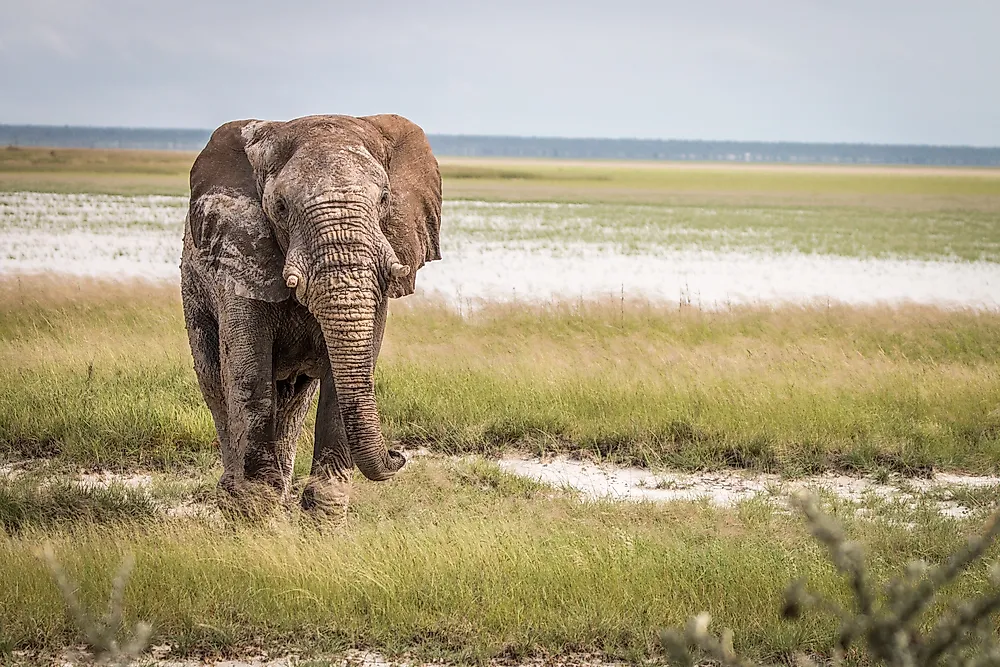
The elephant is the largest land mammal and is known for its brute strength. The animal’s characteristic features include a long trunk, large head, tusks, and wide and flat ears. They are found across a wide variety of habitats including savannah, grasslands, swamps, highlands, and forests. A seasoned hunter will typically be on the lookout for recently fallen trees while tracking these beasts. Today, about 450,000-700,000 elephants roam the African continent up from an estimated 100,000 that were recorded at the turn of the century. The increase in population has been as a result of serious conservation measures such as the ban of poaching and fencing of habitats. While hunting elephants is generally frowned upon, officials from countries such as Zimbabwe have argued that capital raised from hunting licenses are critical to the funding of conservation projects.
4. Cape Buffalo
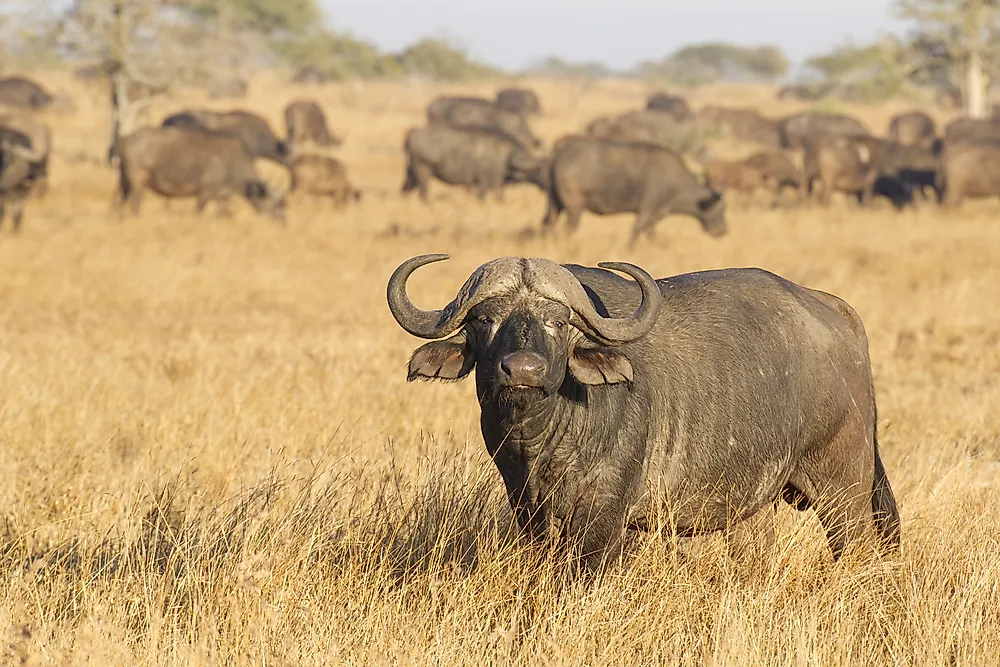
The Cape buffalo, also known as the ‘black death’ among hunters, is a wild herbivore with similar characteristics as the domestic cow. This magnificent animal measures between 8 feet and 11 feet from head to tail and has a greyish-black hide that is often riddled with scars from previous fights and encounters with predators. They are mainly found along river beds and plains. The animals usually move in herds and congregate to fend off predators. Cape buffalos are not considered endangered as there are 900,000, most of which are in protected areas. Hunting of buffalos has caused little stir in the conservation world due to their stable population with experts only advocating for sustainable hunting practices.
3. Black Rhinoceros
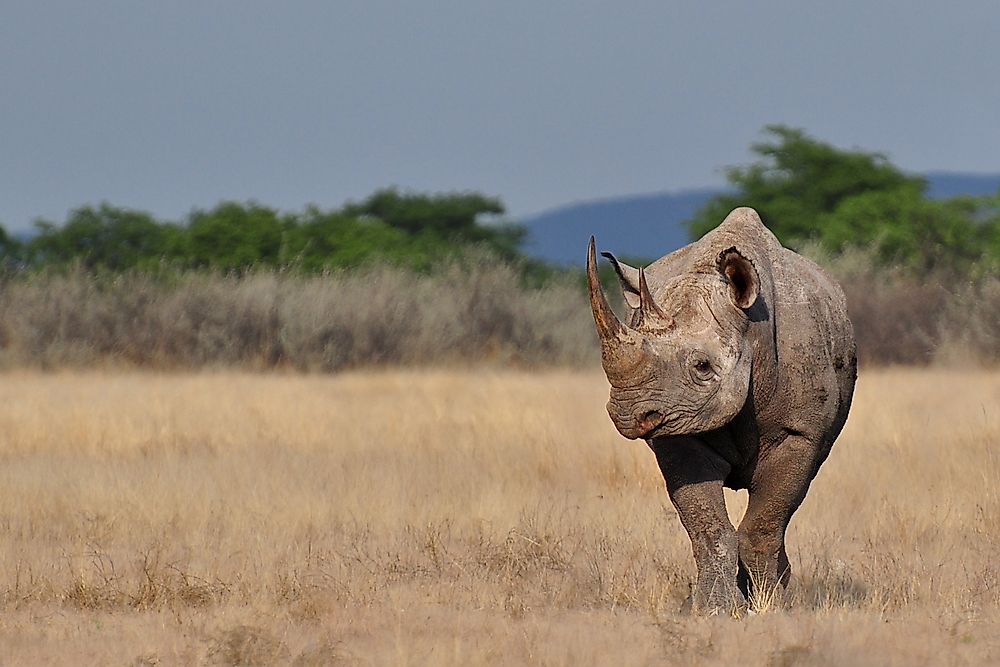
The black rhinoceros is a large herbivore with two horns on its naval bridge. It is smaller compared to the white rhino which has a square lip. The rhino is a favorite among game hunters and tends to charge aggressively at their attacker. Obtaining a hunting license is extremely difficult because black rhinos are classified as critically endangered species. There are around 5,000 rhinos which can be found in the wooded grasslands and acacia savannahs of Africa. Most of them are found in refuge areas where there are protected from poachers who threaten to drive them to extinction due to the high price of the rhino horn in the black market. Hunting rhinos is a subject to controversy with those in support arguing that the practice raises the capital needed to undertake conservation projects.
2. African Lion
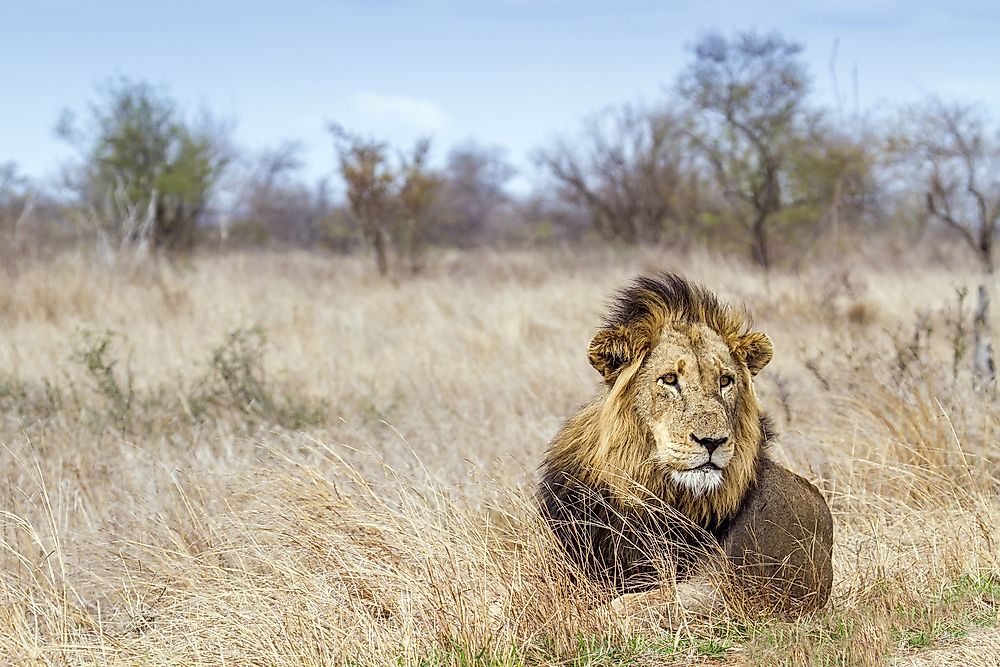
The lion is a large muscular carnivore in the cat family and is the most feared predator on the African savannah. A male lion has a mane on its head, neck, shoulders, throat, and chest area. A mature lion is 6-7 feet long excluding the tail. Lions are found in grasslands and dense scrubland. Hunting a lion can be extremely dangerous as they are known for their cunning predatory skills and unpredictability. Today, lions are considered endangered with a population of just 20,000 representing a 43% decline in their population in the last two decades. Fencing and the banning of poaching are the primary methods used to protect lions from external threats. Hunting captive lions in countries such as South African has led to controversy with some members of the Professional Hunting Association deeming it unethical for defying the rules of fair chase and endangering the species.
1. African Leopard
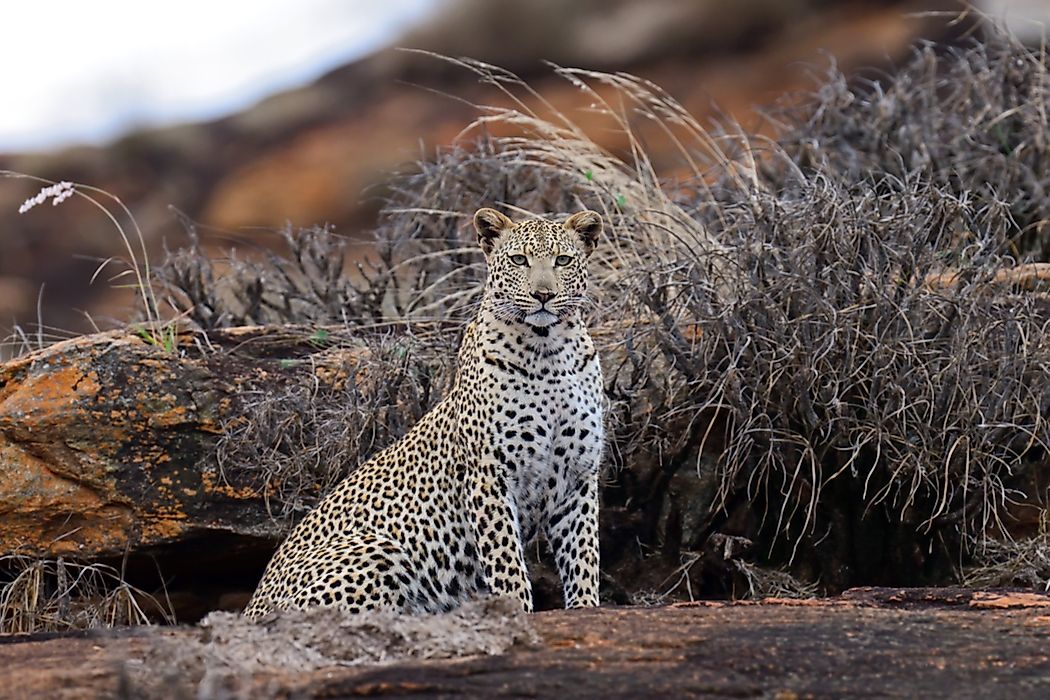
The leopard is a large carnivore in the cat family that is closely related to the lion. It is around 84 inches long and weighs between 110 to 200 pounds. It is distinguishable by its white and yellowish coat riddled with black spots. Leopards can be found in open grassland and woodland. They are difficult to track and hunt due to their ability to camouflage and stark their aggressor and prey. Leopards can get extremely aggressive when confronted. Leopards are classified as vulnerable due to their decreasing population now set at 700,000. Human-wildlife conflict is the main threat to these animals hence fencing and banning poaching are the preferred methods of conservation. South Africa recently included a 7-year rule to guide the hunting of leopards. The rule has however come under fire with conservationists arguing the rule does little to conserve the species and encourages the unethical vice.











